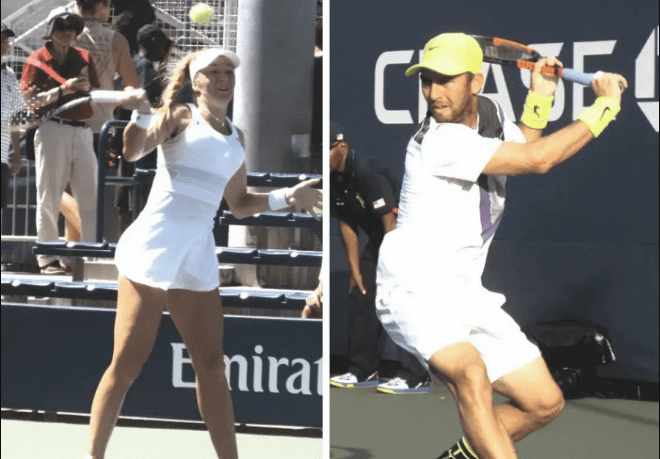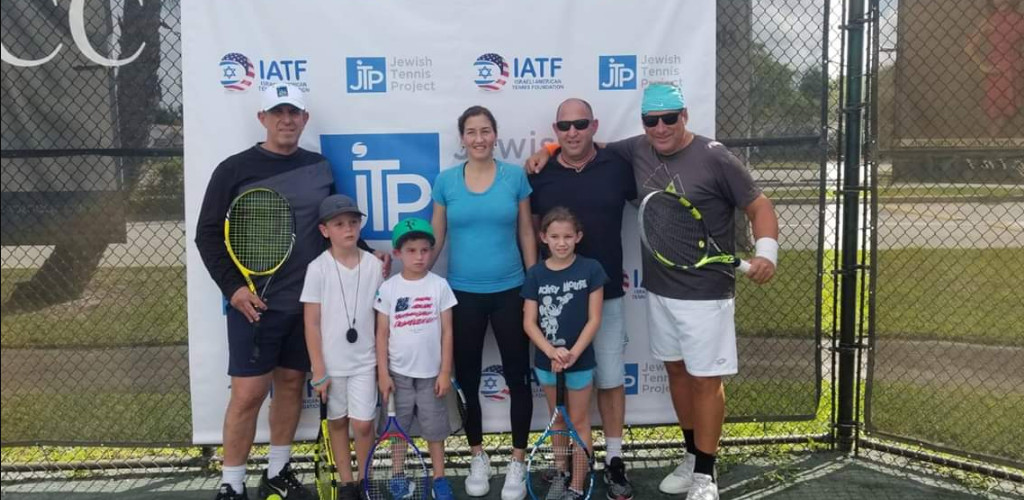Original Article Published On The Jerusalem Post
“Althea Gibson’s talent, strength and unrelenting desire to achieve made her a great champion,She made tennis a better place. By opening doors and opening minds, doing so with grace and dignity”
NEW YORK – As the players were warming up to kick off Day 1 at US Open, a massive crowd of fans and tennis legends assembled outside of Arthur Ashe Stadium at the USTA Billie Jean King National Tennis Center for the long-awaited unveiling of a sculpture honoring tennis great Althea Gibson.
Gibson broke the color barrier in tennis in 1950, and was the first African- American to win singles titles at the French Championships (1956), Wimbledon (1957) and the US Nationals (1957, now the US Open). In 1958, she repeated both her Wimbledon and US Open wins.
The trailblazing Gibson – who passed away in 2003 at 76 – won 11 Grand Slam titles (five in singles, six in doubles) and was inducted into the International Tennis Hall of Fame in 1971 and to the US Open Court of Champions in 2007.
“Althea Gibson’s talent, strength and unrelenting desire to achieve made her a great champion,” said Patrick Galbraith, President and Chairman of the Board, USTA. “She made tennis a better place, by opening doors and opening minds, doing so with grace and dignity. She is receiving a recognition she richly deserves.
In 1956, Jewish tennis player Angela Buxton, who was a finalist in the 1956 Wimbledon singles tournament, teamed up with Gibson to win the Wimbledon doubles event. Buxton, now 85, addressed the crowd from her wheelchair at Monday dedication ceremony and later, along with tennis legend Billie Jean King, shared memories of Gibson in a post-unveiling press conference.
Buxton, was born in Liverpool, England in 1934, where her father owned a chain of movie theaters. He sent his wife and children to South Africa as World War II approached. Angela’s experiences in Johannesburg and Cape Town helped sensitize her to racial differences. She attended a convent school and developed a friendship with a black girl in her neighborhood. Angela played games with this “daughter of servants next door” until she was met with disapproval of neighbors, who said “we don’t mix with blacks.” The landlord threatened to evict the Buxton family when they offered a job cleaning houses to a black woman.
“This incident stayed in my mind until I met Althea,” said Buxton. Yet, Buxton, who encountered antisemitism in both South Africa and Los Angeles, and herself felt like an outsider, noted that she never discussed with Gibson the outsider status she felt they shared. When asked on Monday what this shared experience meant for the two of them, Buxton elicited laughter from the media when she replied, “it signifies that people who are kicked out probably play better.”
“[Seriously, though] it was a rude awaking getting kicked out of a tennis club in Los Angeles when somebody told them I was Jewish,” Buxton reflected.
King also offered insight in to the meaning of two tennis outsiders coming together to play doubles. “It’s really good in the book, I Always Wanted to Be Somebody, this Jew and black playing together. I thought it was great when I read it.”
King remembered being inspired by Gibson when she was a 13-year-old girl.
“I obviously have not had to deal with the challenges that my sisters of color and brothers of color. But I think for young people, the more you know about history, the more you know about yourself. It helps you shape the future. That’s the most important thing I try to pass along to kids: History is not about the past. It is living history. Every single thing you do during the day is history. Everything we all do, each one of us is accumulating history.
Buxton’s rich history included returning to England in 1953 after a stint in South Africa.
While she considered quitting tennis after a devastating loss at that year’s Bournesmouth Hardcourt Championships, she traveled to Israel in October 1953 – by ship, with 100 Jewish athletes – to participate in the Maccabiah Games. Buxton won two gold medals in Israel, was ready to return to playing competitive tennis, and would return to Israel many times including winning Maccabiah tennis again in 1957, and a stint volunteering on a kibbutz during the 1967 Six Day War.




